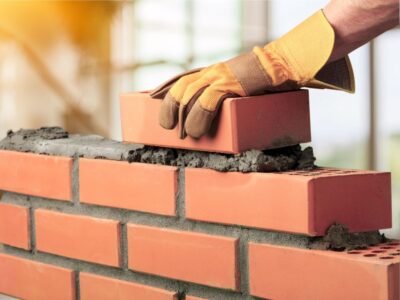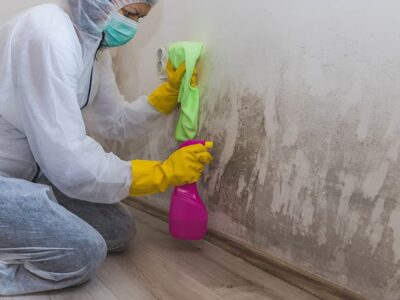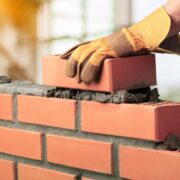Mold is a mold exposure causes an allergic reactions, respiratory problems, and infections. Mold remediation often involves removing affected drywall, carpets, and other materials. But could ozone treatment be an effective alternative for killing and removing mold?
Does ozone kill mold?
There is evidence that ozone kill mold. One laboratory study found that continuous exposure to ozone at concentrations of 0.3-0.5 parts per million over 10-24 hours eliminated up to 99.9% of two common mold species, Aspergillus niger and Penicillium chrysogenum. The ozone caused structural changes and death in the mold cells.
Other research has shown ozone effectively destroys mold spores. Spores allow mold colonies to spread and release irritating allergens. By rupturing the hard exterior of spores, ozone may also limit their ability to reproduce. In addition to killing active mold, some research suggests ozone may inhibit future mold growth. One study found that rooms treated with ozone had significantly lower microbial contamination and mold levels three months after treatment compared to untreated rooms. Get More Information www.damagecontrol-911.com.
Benefits of ozone for mold removal
Proponents argue ozone has several advantages over traditional mold remediation methods:
- Kills mold on surfaces and hidden inside porous materials
- Penetrates areas that may be difficult to reach with manual cleaning
- Leaves no chemical residues that could cause health or allergy issues
- May prevent future mold growth by damaging reproductive spores
- Can be applied without the need to remove or dispose of moldy materials
- Treatment times as little as a few hours
Using portable ozone generators, entire rooms or small buildings be decontaminated in one treatment. This allows occupants to stay in their homes or businesses with minimal disruption. Ozone mold treatment may also be less costly than extensive demolition, disposal, and rebuilding of affected areas.
Limitations and concerns
However, there are important limitations to ozone’s effectiveness and safety:
- Ozone cannot physically remove mold, so dead spores and material may remain.
- Not proven to be 100% effective on all mold species or in real-world environments.
- Can be hazardous if incorrectly applied at high concentrations.
- May rapidly convert back to regular oxygen without prolonged exposure.
- Does not address root causes of moisture and mold growth.
- Can damage rubber, fabrics, and electronic equipment.
- Unsuitable for occupied spaces; buildings must be evacuated.
- Off-gassing after treatment still requires protective equipment.
- High ozone concentrations produce harmful byproducts.
While ozone shows promise for mold killing, more research is still needed under real-world conditions. Ozone works best when combined with HEPA vacuuming, moisture control, and proper containment during treatment. It should not be viewed as a standalone solution.
Proper ozone application for mold
When applied correctly by a trained professional, ozone be useful for mold remediation. Here are some guidelines for its safe and effective use:
- Testing should identify all mold-affected areas and the source of moisture.
- Occupants and pets must vacate the building during treatment.
- Containment barriers should be used around areas being treated.
- Start with lower concentrations and shorter exposure times.
- Ozone levels must dissipate to safe levels before re-occupancy.
- Ozone output must be monitored and controlled.
- Proper ventilation, air filtration, and off-gassing time is required post-treatment.
- Follow up with an inspection to check ozone’s effectiveness.
- Fix all moisture problems or mold will return.
Due to the health risks, many professionals advise against do-it-yourself ozone generators for mold removal. Only qualified contractors should perform this type of remediation.












Comments